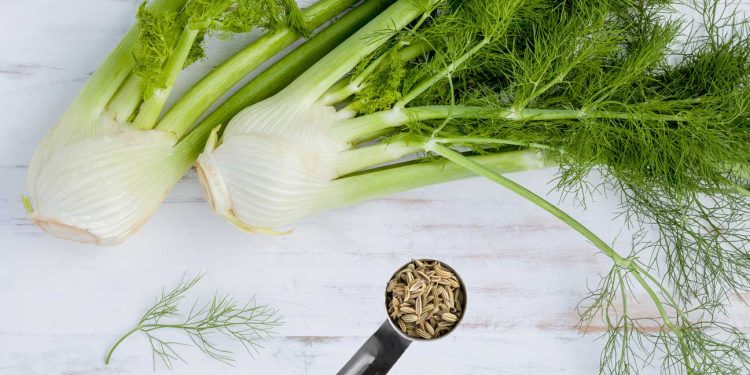Fennel is a versatile plant that has been used for centuries for culinary, medicinal, and aromatic purposes. In recent years, there has been an increase in demand for fennel due to its unique flavor and potential health benefits. In this article, we will explore the basics of cultivating Foeniculum vulgare and provide tips and tricks for farmers to increase their crop yield and quality.
Fennel is a hardy plant that can thrive in a variety of soil types and climates. However, it does require proper care and attention to ensure a successful crop. According to the latest data from the University of California Cooperative Extension, fennel should be planted in early spring or late summer, and the soil should be kept moist but not waterlogged. Fennel also requires full sun and well-draining soil.
In terms of pests and diseases, fennel is generally a low-maintenance crop. However, it can be susceptible to aphids, thrips, and spider mites. To prevent pest infestations, farmers can use natural insecticides or introduce beneficial insects such as ladybugs and lacewings. Crop rotation and proper sanitation practices can also help prevent the spread of diseases.
When it comes to harvesting, farmers should wait until the bulbs have reached a desirable size before harvesting. Fennel can be harvested by cutting the bulbs off at the base or by pulling the entire plant out of the ground. After harvesting, farmers should immediately store fennel in a cool, dry place to prevent spoilage.
In conclusion, fennel is a unique and versatile crop that has many uses in the culinary, medicinal, and aromatic industries. With proper care and attention, farmers can increase their fennel crop yield and quality. By following the tips and tricks outlined in this article, farmers can grow healthy and profitable Foeniculum vulgare crops.
Tags: #fennel #agriculture #cropyield #farmer #agronomist #agriculturalengineering #medicinalplants #culinaryherbs #aromaticplants












